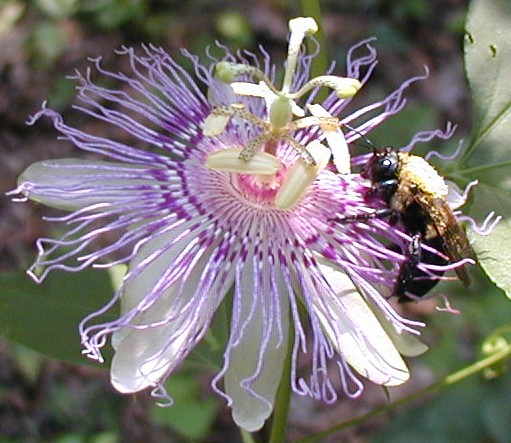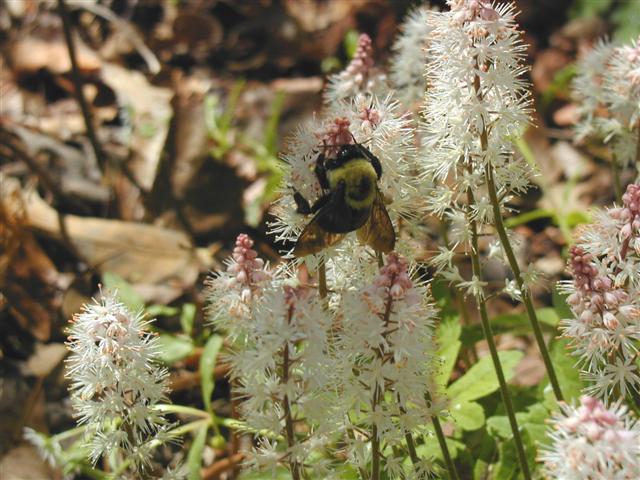Georgia Gardener Newsletter Design Tip: May 31, 2007
| Plants for Bees and Other Pollinators |
A mysterious ailment labelled as
Colony Collapse Disorder (CCD)
has been killing entire hives of European honeybees in the United States. Other problems with mites and pesticides have taken
their toll on domesticated and
wild honeybees in recent years. Other bee-like insects haven't fared too well either. If these trends continue,
it's possible we could see a threat to our food supply as well as a serious decline in plants dependent upon bees and other
pollinators for their reproduction. In turn, animals that depend upon those plants could face serious challenges.
Fortunately, determined scientists are aggressively working to solve the problems. In the meantime, gardeners and homeowners can lend a hand
by providing plants popular with these insects to help increase their available food supply. Also, it's extremely important that you eliminate
the use of many pesticides or use them only as a last resort and always spray in the evening when most bees have returned to the hive.
Often the suggestion of a bee-attracting garden is met with a range of emotions from support to surprise to downright consternation. Those unfamiliar with the
ways of bees (and perhaps their importance) are quick to say that having bee-attracting plants in the landscape will undoubtedly lead to more
stings. Nonsense! I spend several hours every day outdoors year round and on average receive a sting from a bee, wasp, hornet, yellow jacket
or other related creature about once every 2-3 years. In every instance, it was my fault: I stepped on or put my hand on a bee I didn't see or
I stepped on or got too close to a nest. I've NEVER, EVER been stung by a bee or related insect that was foraging on flowers in the garden.
I've even deadheaded plants with bees hovering around.
Trivia Question: Which insect is responsible for more human deaths worldwide each year than any other?
(The answer is found at the bottom).
The insects I truly find aggravating because they DO bite or sting regularly are chiggers, noseeums, ticks, ants and mosquitoes.
Sun-loving Plants for Bees
Below is a selection of full-sun plants for bees. Others not pictured include: Redbud, Apple, Citrus trees, Holly, False Indigo (Baptisia),
Roses, Viburnum, Geranium, Penstemon, Lavender, Thyme, Rosemary, Goldenrod, Yarrow, Cat Mint/Mint (can be invasive)
Joe-pye Weed, Salvia (all varieties), Sedum, Aster, Agastache (Hyssop), Penta, Cleome and Passion Vine (pictured above).
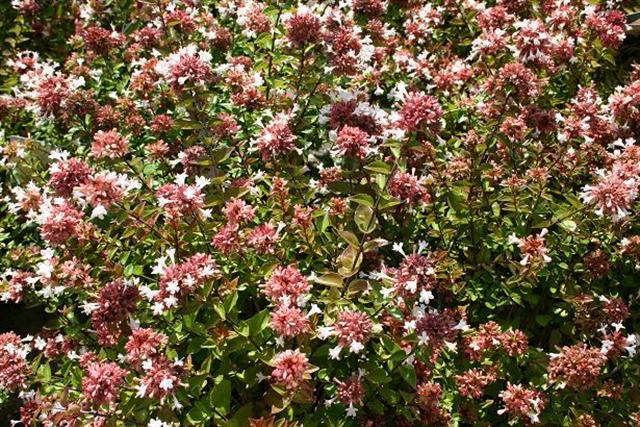
|
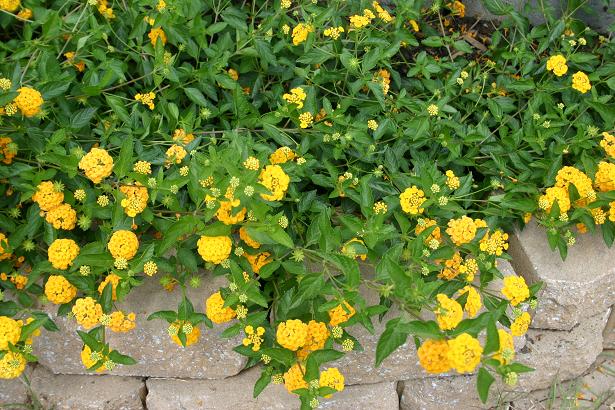
|
| Abelia | Lantana |
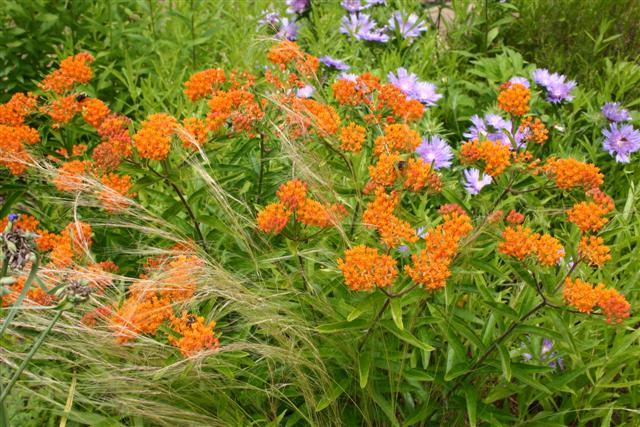
|
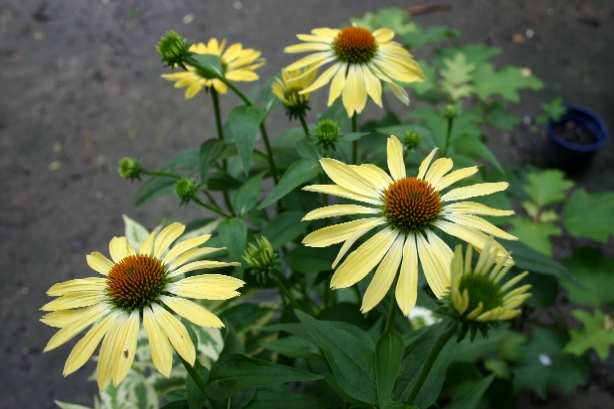
|
| Milkweed | Coneflower |
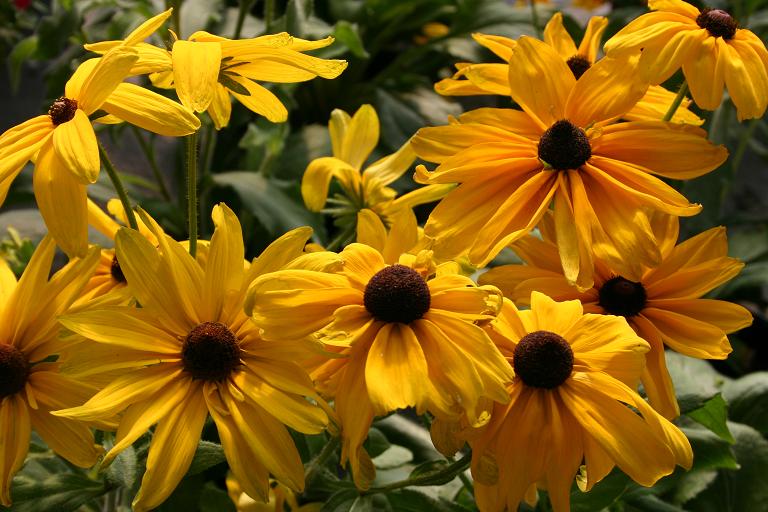
|
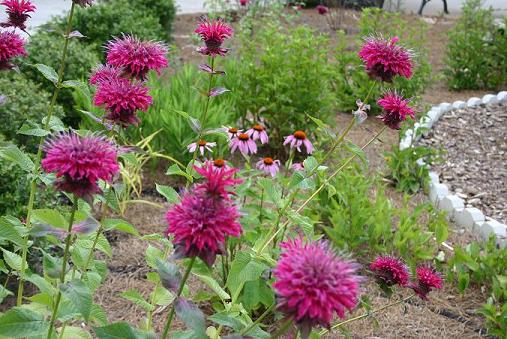
|
| Black-eyed Susan | Bee Balm (Monarda) |
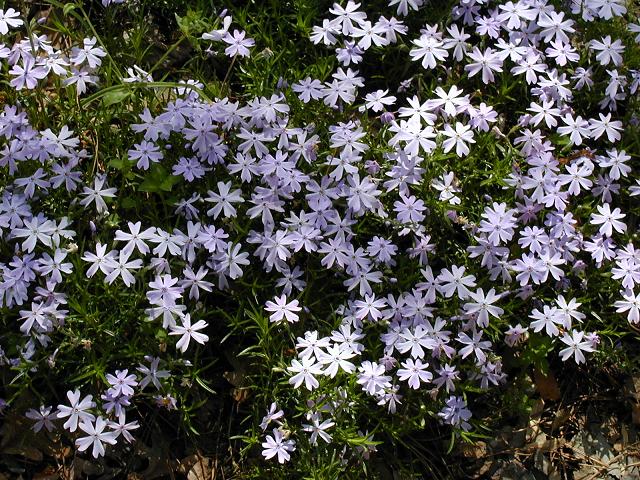
|
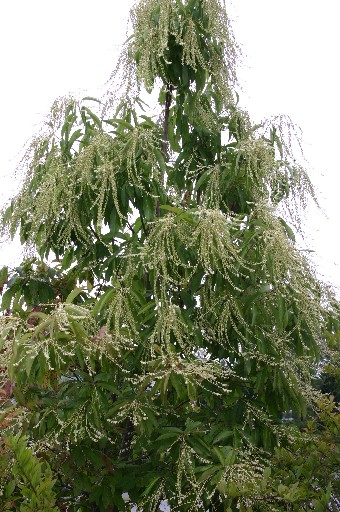
|
| Phlox | Sourwood Tree |
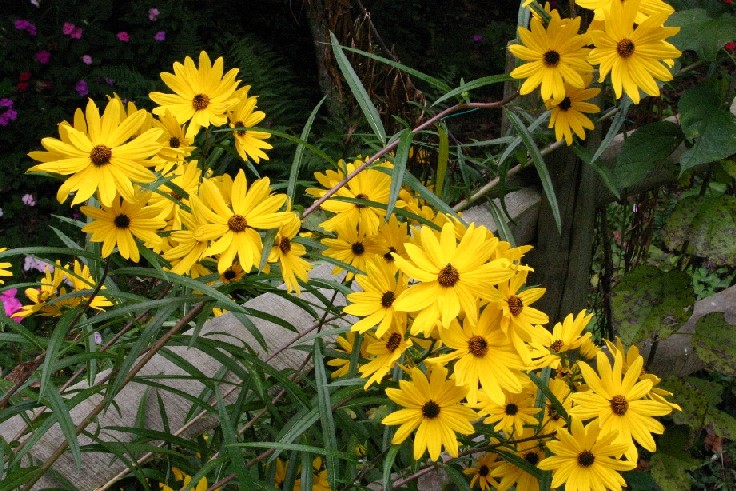
|
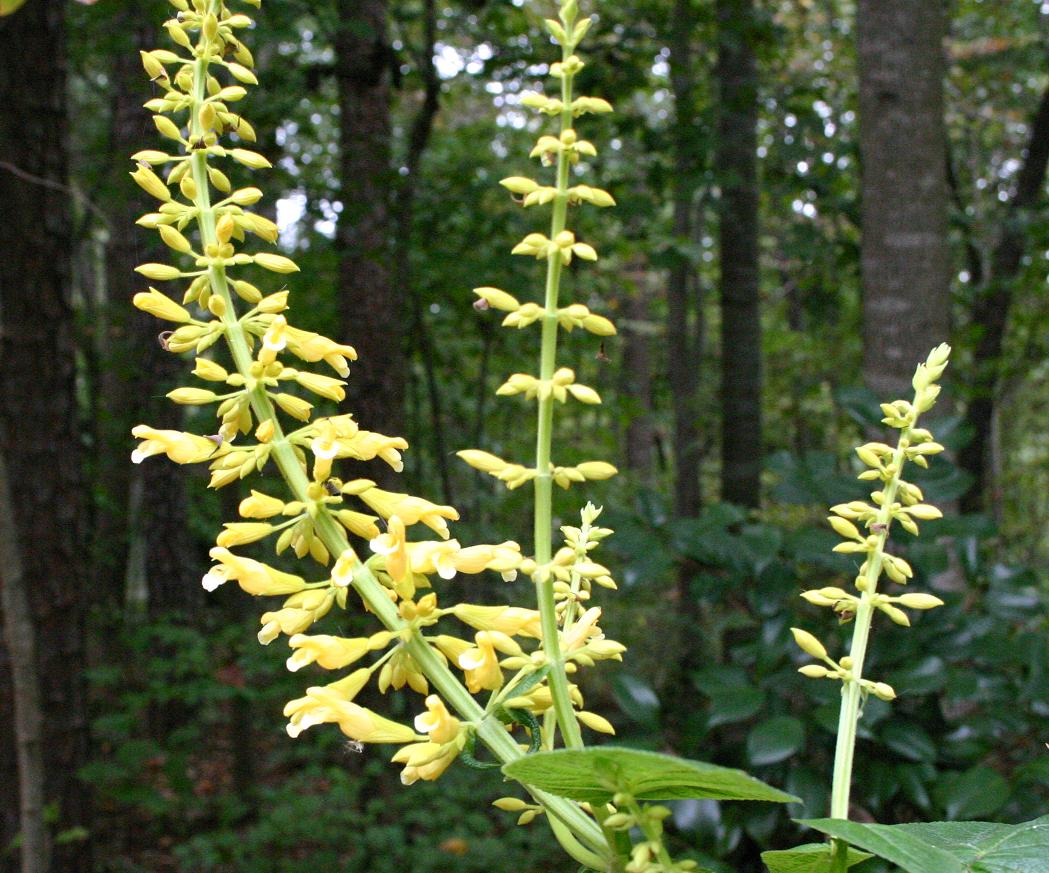
|
| Swamp Sunflower | Forsythia Sage |
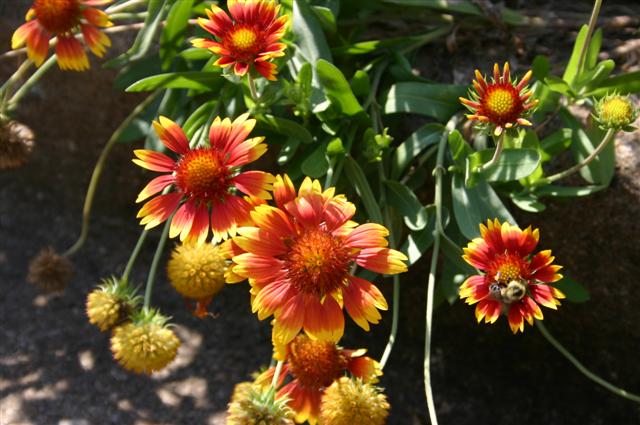
|
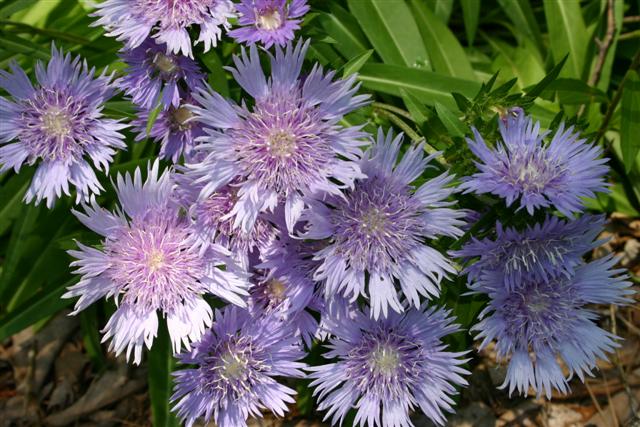
|
| Indian Blanket (Gaillardia) | Stokes Aster |
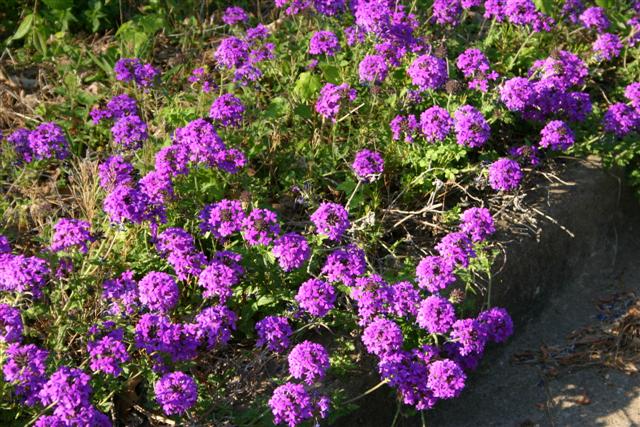
|
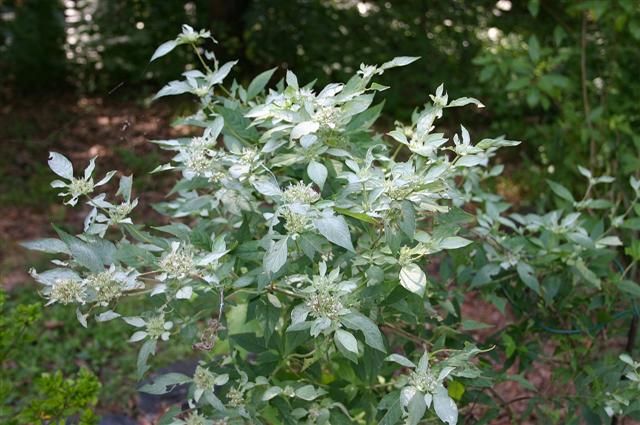
|
| Verbena | Mountain Mint |
Shade-tolerant Plants for Bees
Below is a selection of shade-tolerant plants for bees. Others not pictured include: Impatiens, Jacob's Ladder, Forget-me-nots,
Ligularia, Toad Lily and Heuchera.
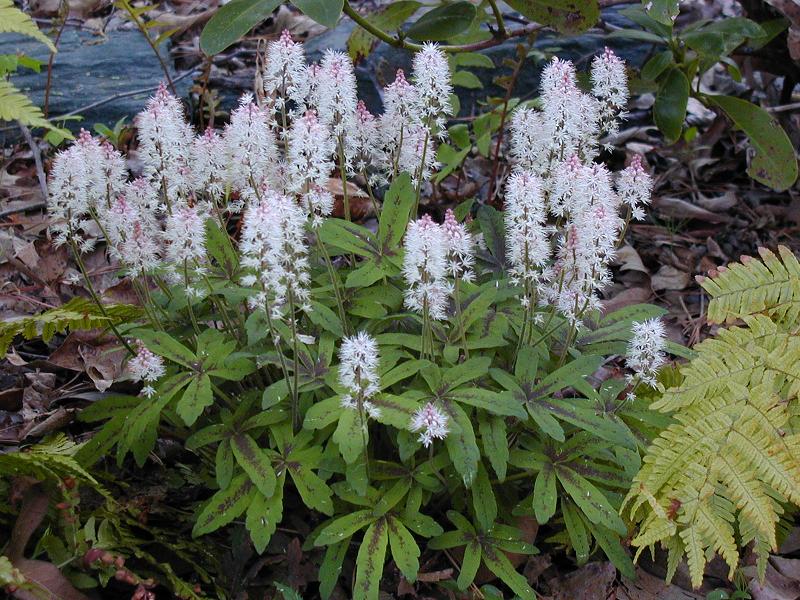
|
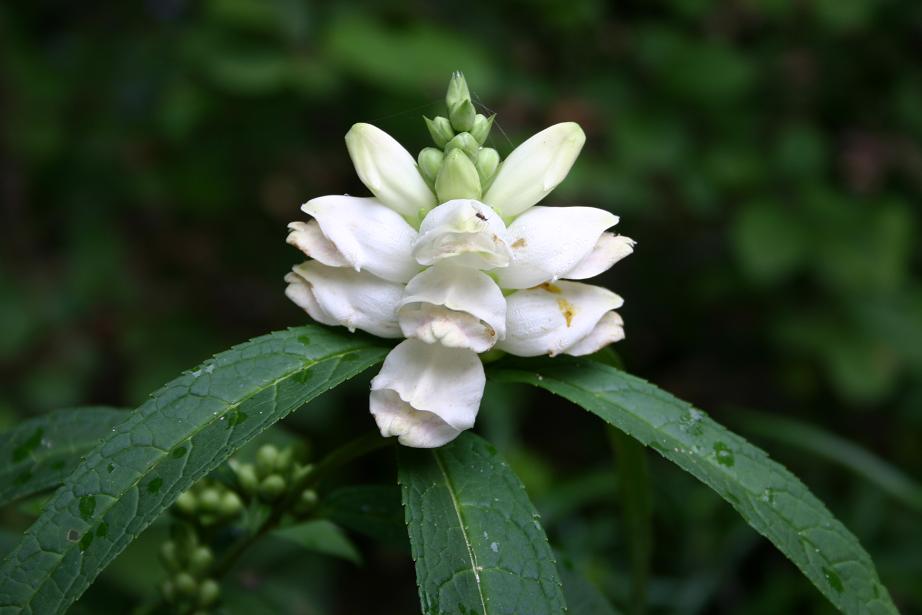
|
| Foam Flower | Turtlehead |
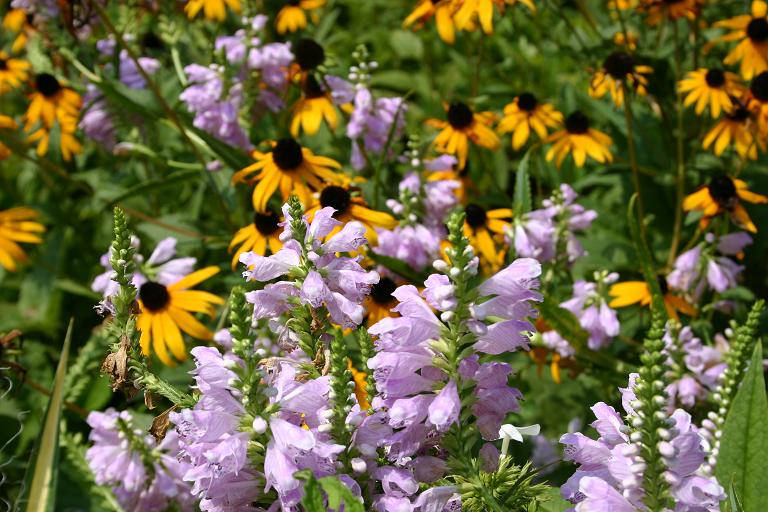
|
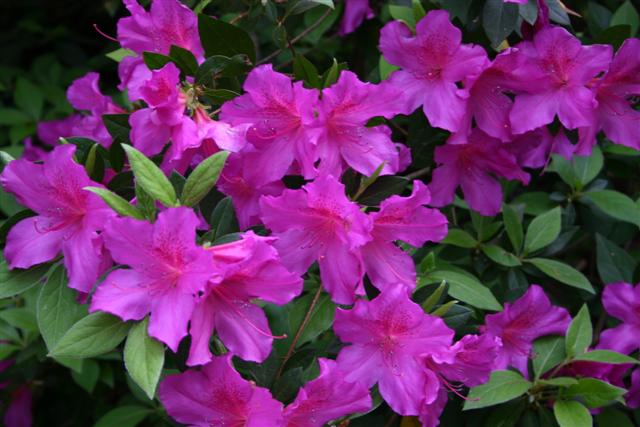
|
| Obedient Plant | Azaleas |
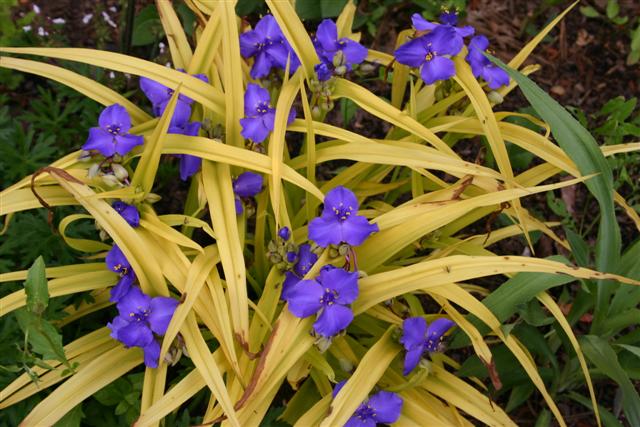
|
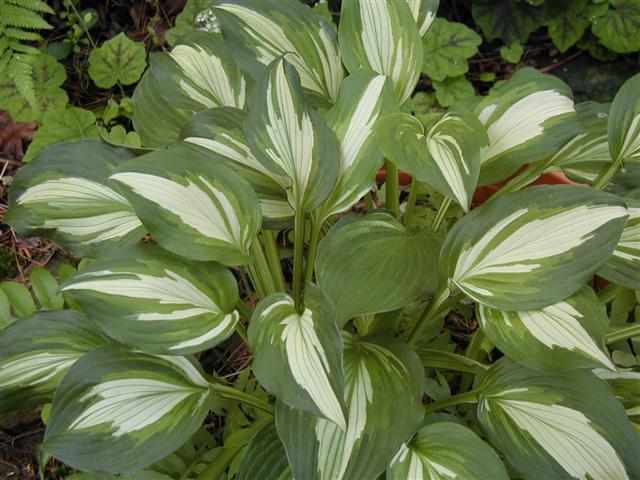
|
| Spiderwort | Hosta (flowers) |
Trivia Answer: Mosquitoes cause nearly 3 million human deaths each year, mainly from Malaria. They also transmit
Yellow Fever, West Nile Virus, Encephalitis and several other diseases not only to humans but to pets and livestock.
Copyright © 2007 by Theresa Schrum - All rights reserved
No part of this website may be reproduced without the expressed written permission of Theresa Schrum
